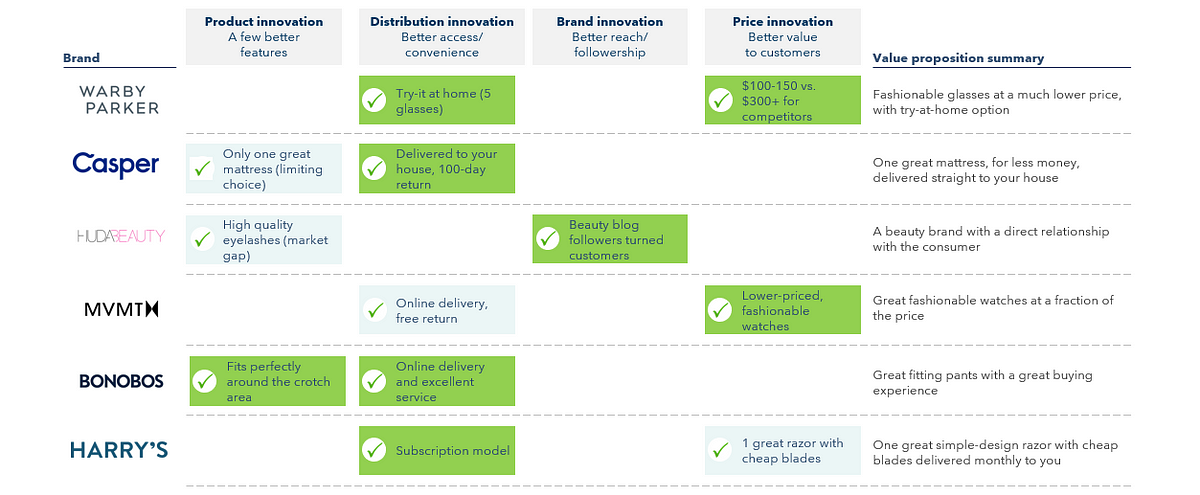
Saved by sari
You don’t need a better product to succeed in D2C

Saved by sari
startups with highly differentiated products, rather than incrementally differentiated products, were more likely to succeed. The reason for such a strong variance may be that it’s only when substantial differentiation exists that customers are willing to give up a trusted brand or deal with the switching costs to try a new product. A radically dif
... See more
sari added
sari added

sari added
Britt Gage added

sari added